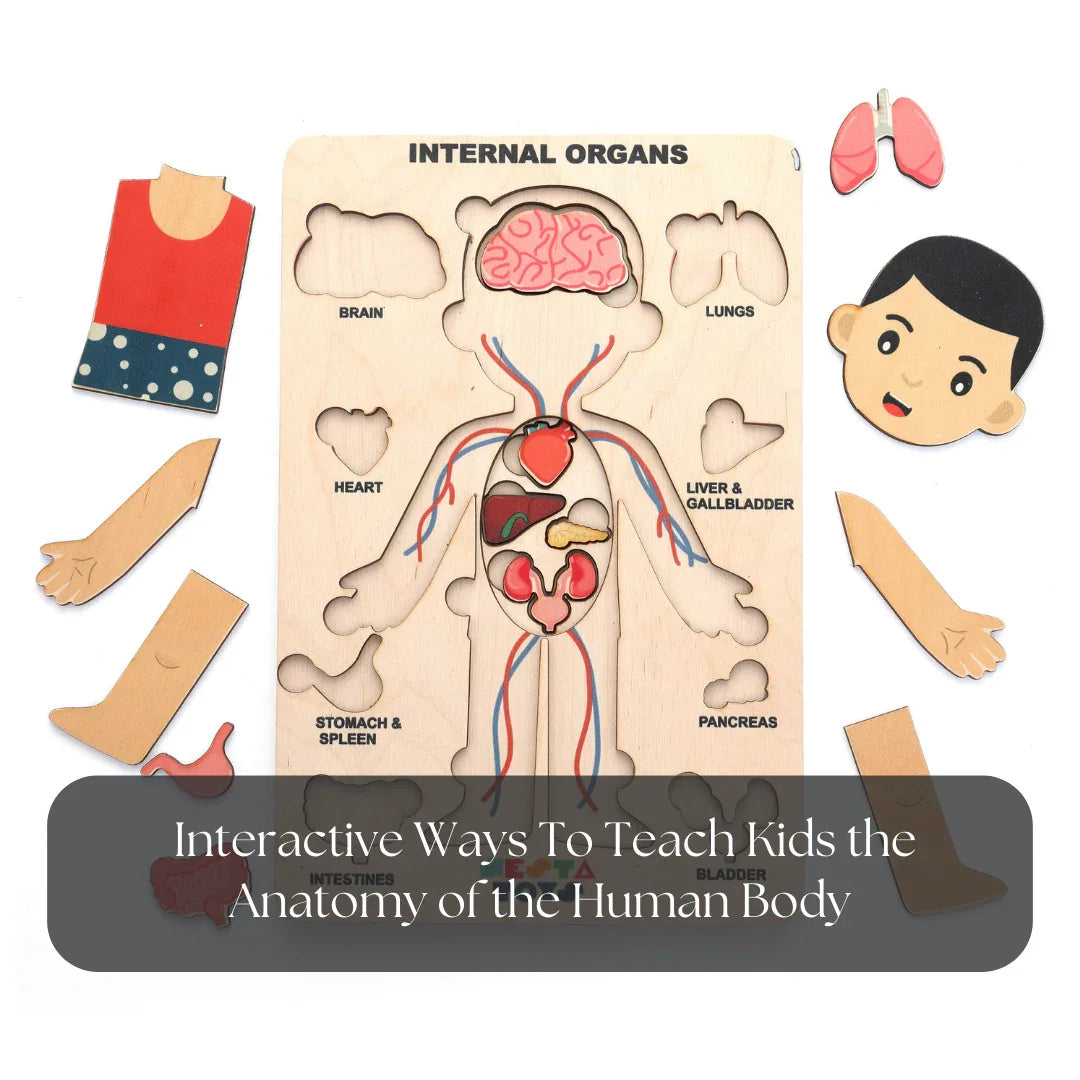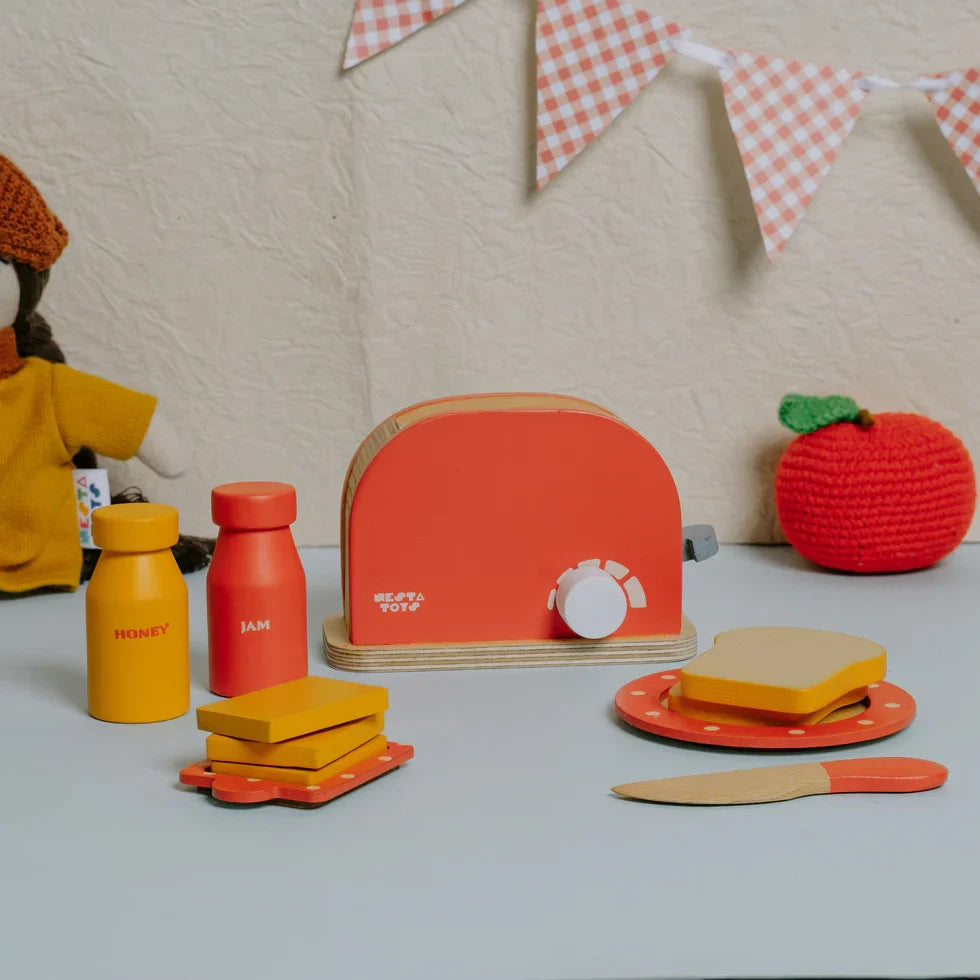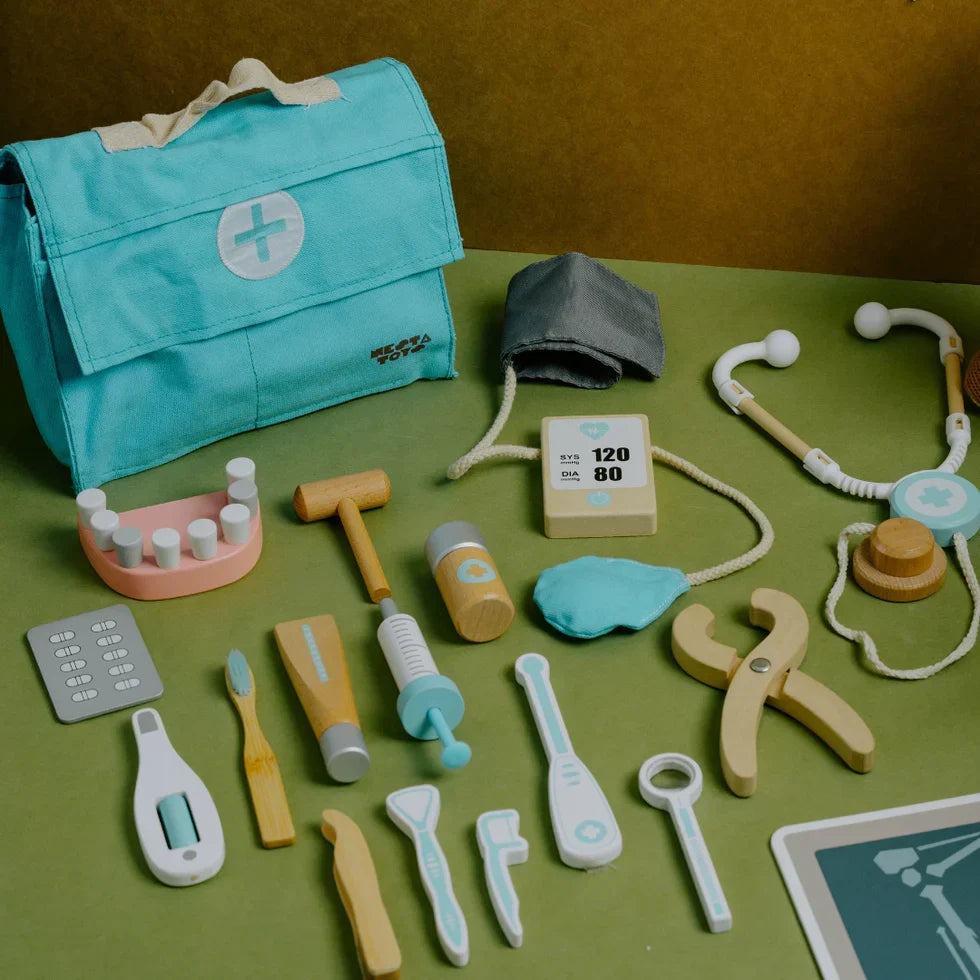Teaching human anatomy to a child using a puzzle can be a hands-on and interactive approach. Here's how you can do it:
-
Choose an Age-Appropriate Puzzle: Select a human anatomy puzzle that is suitable for your child's age and developmental stage. Look for puzzles that depict the major body systems, organs, or skeletal structure, with pieces that are easy for them to handle.
-
Introduce the Puzzle: Begin by introducing the puzzle to your child and explaining that it represents the human body. Show them the different pieces and briefly discuss what each piece represents.
-
Start with the Basics: Begin assembling the puzzle together, starting with the basic components. For example, you can start with the skeletal structure, identifying and placing the bones in their correct positions. As you progress, explain the names and functions of each bone.
-
Build Layer by Layer: After completing the skeletal structure, move on to the organs or body systems. Take it step by step, adding one layer at a time. Explain the functions of each organ or system as you place the corresponding pieces in the puzzle.
-
Encourage Observation and Discussion: Throughout the process, encourage your child to observe the puzzle pieces and ask questions. Prompt them to identify and discuss the different body parts, their locations, and their functions.
-
Reinforce Learning: After completing the puzzle, reinforce what your child has learned by revisiting the different components. Ask questions about the body parts, their functions, and how they work together to keep the body healthy.
-
Extend the Learning: To further enhance their understanding, consider incorporating additional resources such as books, videos, or interactive apps that provide more detailed information about human anatomy. These resources can complement the puzzle and deepen your child's knowledge.
-
Play and Review: Allow your child to play with the completed puzzle, reinforcing their learning through play. Encourage them to review the different parts and quiz themselves or others about the names and functions of each component.
Remember to make the experience enjoyable and adapt your teaching approach to your child's age and learning style. By using a puzzle, you can make the learning process interactive, hands-on, and engaging, fostering a better understanding of human anatomy.









